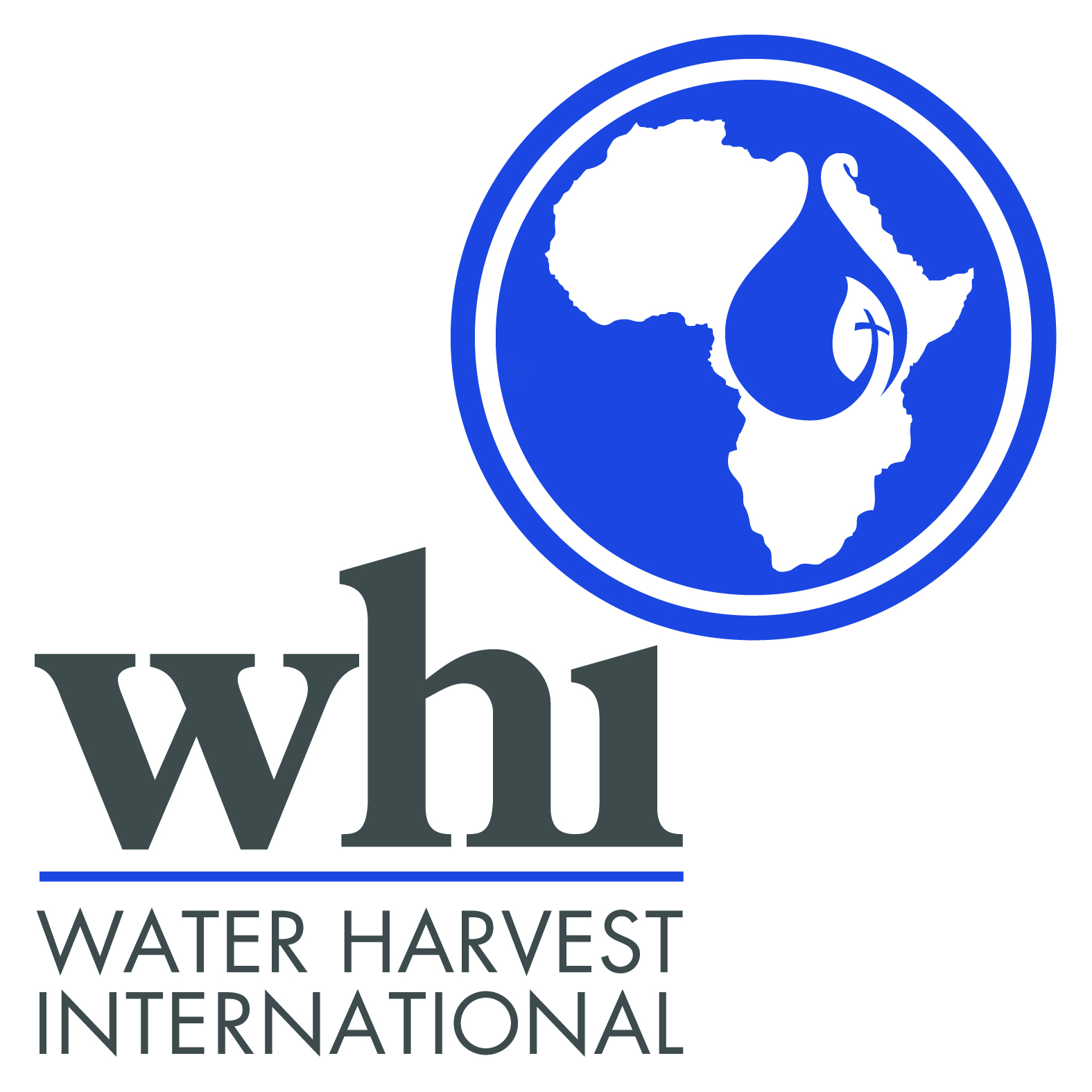The earth, as we know, is awash with water, yet nearly 2.2 billion people globally lack access to safe, drinkable water. A resource as fundamental as air, water is at the core of life itself. Yet, paradoxically, while it is so abundant, it is also alarmingly scarce for a significant proportion of the world’s population. Recognizing this dilemma, Water Harvest International (WHI) emerged as a global hero, mitigating the crisis with novel and sustainable water solutions. Let’s dive into the depth of this transformative organization’s global footprint.
The Journey of Water Harvest International
Incepted in the early 2020s, Water Harvest International set out on a mission to bridge the vast water divide plaguing the planet. Using cutting-edge technology, coupled with sustainable and community-driven initiatives, WHI has been making ripples across continents, quenching the thirst of millions.
From the arid plains of Sub-Saharan Africa to the water-deprived settlements in South Asia, WHI’s innovative water harvesting technology has been a game-changer. By harnessing the power of rainwater and runoff, this technology effectively captures and stores water, treating it for safe use. Communities are thus empowered, with easy access to clean, drinkable water, reducing the long treks to far-off water sources.
Not only this, but WHI has also championed water conservation. In places plagued by drought, the organization has helped communities to establish water-efficient agriculture. It implemented a technique known as precision irrigation, ensuring that crops receive water exactly when and where it’s needed. Consequently, agricultural yield increased, and communities, once reliant on external aid, become self-sustaining.

Transforming Lives: The Human Impact
Beyond the tangible solutions WHI provides, lies a larger, transformative impact. The organization doesn’t just deliver water—it delivers hope, change, and the opportunity for a brighter, healthier future.
The health ramifications of the water crisis are devastating. Waterborne diseases such as cholera, typhoid, and dysentery account for millions of deaths each year, particularly in children. WHI’s work has had a significant impact in reducing these numbers. Clean water has improved health, curtailed medical expenses, and even boosted school attendance rates, as children no longer fall sick or have to fetch water during school hours.
Women, particularly, bear the brunt of the water crisis. In many societies, the responsibility of water collection falls to them, often requiring dangerous journeys and hours of labour. WHI’s interventions have led to a revolutionary change. With water now available in the vicinity, women have time for education, income generation, and other activities, sparking a wave of empowerment.

Additionally, WHI’s work has also spurred economic growth. Better agricultural yield means more income for farmers. Businesses that rely on water also thrive, and the health improvements lead to increased productivity. In this way, WHI’s work doesn’t just quench thirst—it fuels development.
In conclusion, Water Harvest International’s impact is truly global and transformative. It is more than just an organization—it is a ray of hope for billions. It’s a testament to the power of human ingenuity to tackle even the most pressing challenges. As we continue to grapple with the global water crisis, organizations like WHI provide a model of the profound change that is possible when innovation, commitment, and empathy come together to serve humanity.


